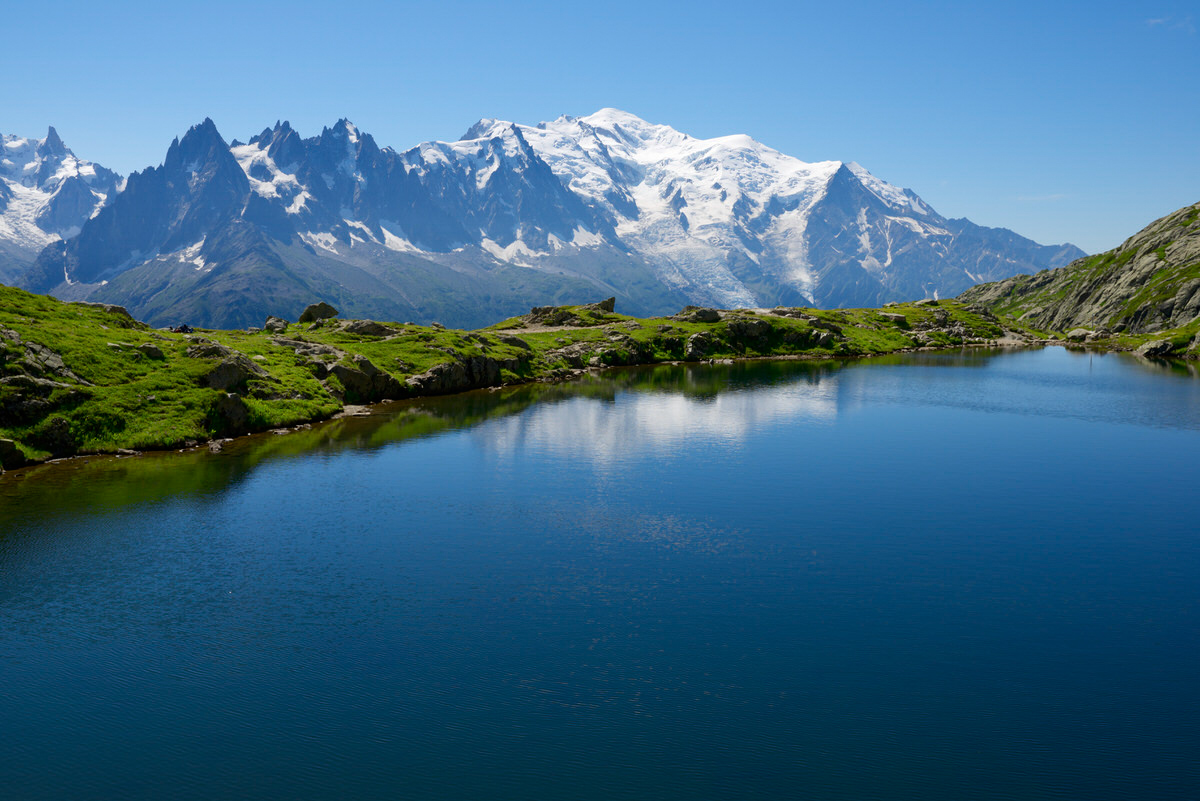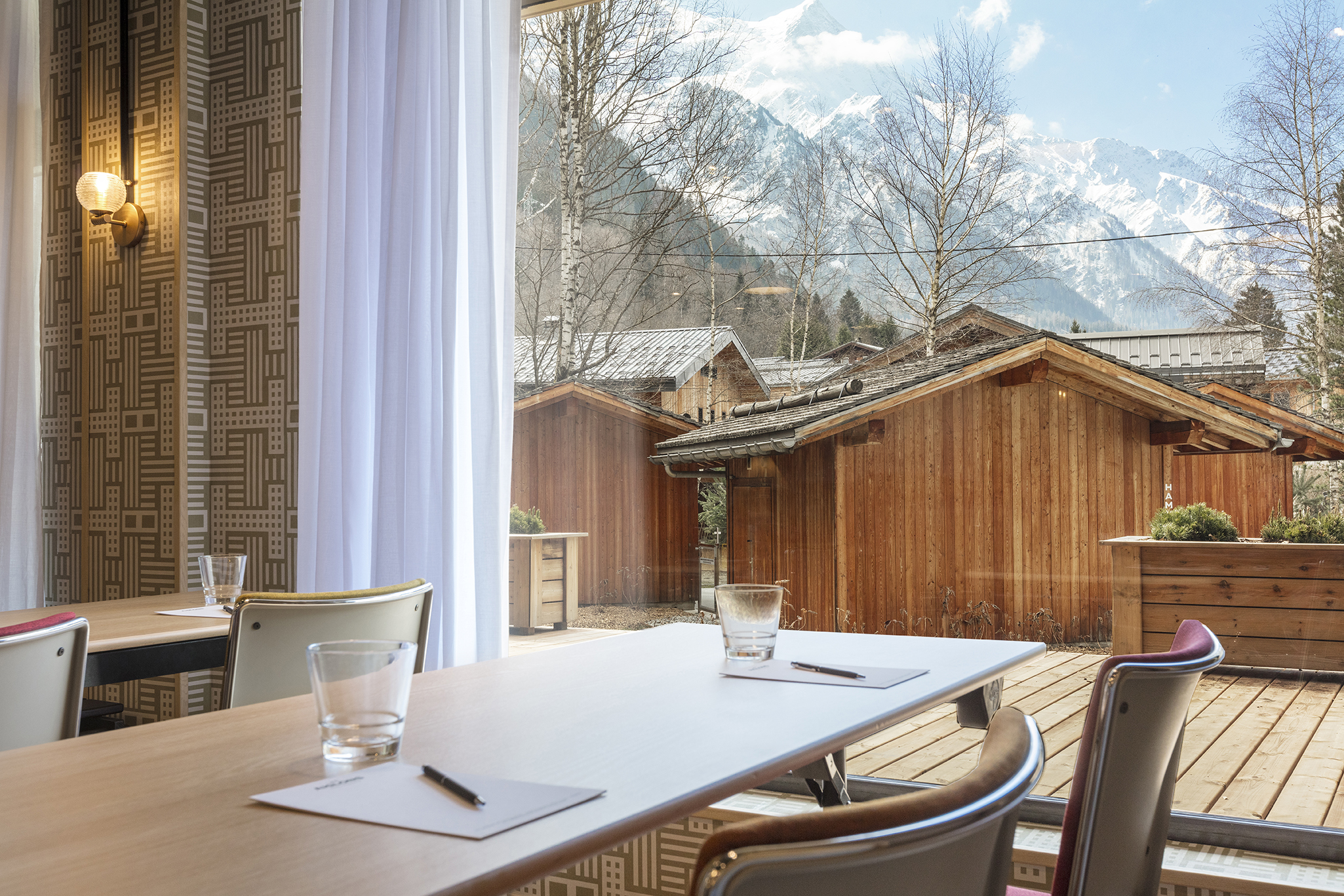Definition of combined in alpine skiing
The Combined in alpine skiing is a discipline that was created in 1932 in Italy during the World Ski Championships. Also known as Alpine combined, it is composed of 2 sleeves:
- a speed test in the form of a descent;
- a technical event in the form of slalom.
This test of downhill skiing highlights the versatility of competitors since it combines speed and technique in two very different events. The descent is scheduled for one date and the slalom is scheduled 1 to 2 days later. A ranking is established after the first downhill event and only the top 30 will be able to participate in the second round of the slalom.
What are the rules?
Both slalom and downhill rounds are therefore separate. Skiers start with the speed test. You have to go Tout schuss, or as quickly as possible! And, as mentioned above, only the top 30 in the timer qualify for the slalom. Competitors start in reverse order, i.e. the 30th starts first, and so on. They keep the downhill timer and therefore maintain their lead. For example, the 29th will start with the cumulative lead on the descent compared to the 30th.
At the end of the test of Combined in alpine skiing, it is the skier who has accumulated the best time in both disciplines who wins the event. Slalom specialists are generally more successful because technique plays a very important role.
The difference between Alpine combined and super combined
But what is the difference between Alpine combined and super combined ? In reality, it is the same discipline since Alpine combined evolved into super combined in 2005. It is therefore essentially the same practice, with however an evolution in the rules:
- the super combined includes a Super-G event in place of the downhill;
- The slalom event is held on the day that the downhill;
- During the slalom round, the skier with the fastest time in the Super-G event starts first.
The winner remains the competitor who sets the best cumulative time over the 2 events. This evolution in Combined practice in alpine skiing saves time on the calendar and guarantees the program of events.
Is the alpine ski combined on the verge of extinction?
The Combined in alpine skiing has already disappeared from the sports calendars only to be reintroduced at the 1988 Calgary Olympic Games. However, it is a suspended discipline since fewer and fewer competitions are organized each year. Skiers often specialize in speed or technique, and super combined is sometimes seen as a second-tier discipline. For example, during the 2014-2015 season, only two super combined events were organized in ski resorts for men, and only one for women.
The Alpine combined is therefore gradually being excluded from the World Championship and Winter Olympic Games programs. The hyperspecialization of skiers (downhill skiers or slalomers) plays against the event since the combined in alpine skiing requires a very complete skier. However, the discipline is still maintained in Olympic Games events!




